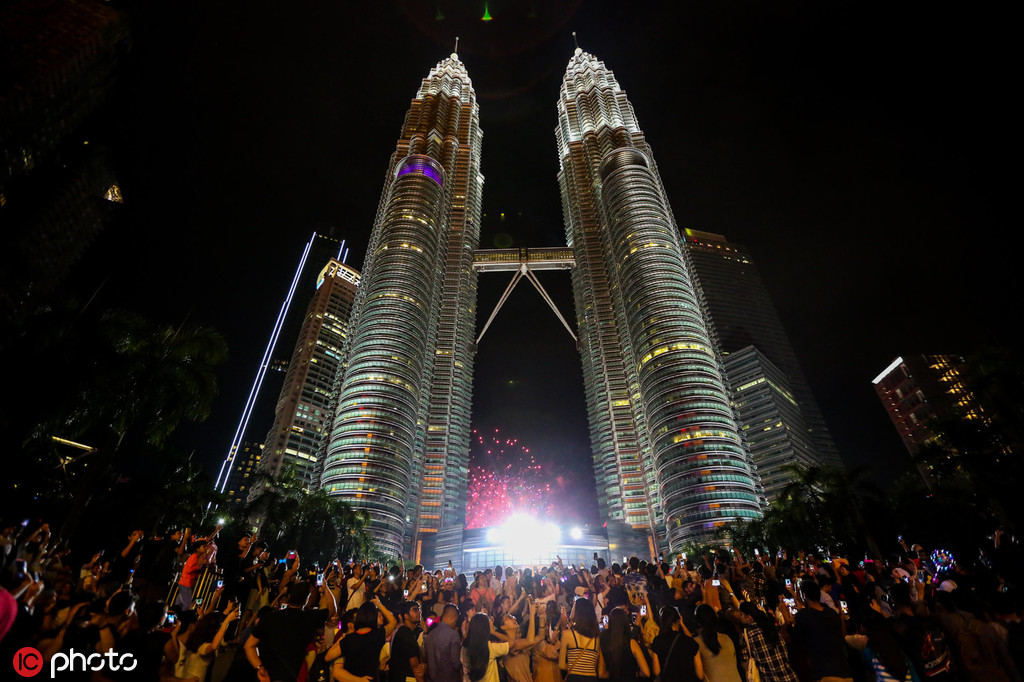Asia's growth story a source of valuable lessons
By Deepak Nayyar | China Daily | Updated: 2019-09-17 08:14

In 1968, renowned economist Gunnar Mydral published the Asian Drama: An Inquiry into the Poverty of Nations, a highly pessimistic work on Asia's development prospects. In the 50 years since its publication, Asia has witnessed a remarkable economic transformation and emerged as a global economic powerhouse.
Like so many other economists, it was hard for Mydral to imagine Asia undergoing such rapid economic transformation-a rate of development on a scale rarely seen in history.
The development experience of Asia informs our understanding of the complex development processes. The successes, failures and mixed outcomes of the Asian experience provide important insights into the economic prospects of latecomers to economic development. They also reflect how the next 25 years might unfold for Asia in a changing and evolving global context.
Half a century of Asian development was driven by economic growth characterized by high investment and savings rates, and rapid industrialization, often export-led, and associated with structural changes in the composition of output and employment. In the period from 1970 to 2016, the GDP growth rate in Asia was more than double that in industrialized countries.
More importantly, unlike Latin America and Africa, structural change drove economic growth in Asia. This rapid growth, which gathered momentum around 1990, led to a sharp reduction in absolute poverty in Asia.
It also seems that the public provision of education and healthcare, combined with employment creation, sustained growth in Asian economies and improved the wellbeing of its people. This process characterizes the success story of Asia.
There were, however, marked differences between Asian countries in geographical size, colonial legacies, national movements, initial conditions, natural resource endowments, population size, income levels and political systems. All of these contributed to differences in policy choices that resulted in a diversity of development outcomes.
Economic openness, too, played an important role in Asia's development. Given their colonial legacy of underdevelopment, most Asian countries were restrictive in terms of openness until about 1970. This changed rapidly thereafter.
In Asia, openness did not mean a passive insertion into the world economy. Instead, it was often strategic and selective. Success at industrialization was based on such strategic and selective integration into the global economy, combined with the use of industrial policy.
The countries in Asia that modified, adapted, and contextualized their reform agenda, while calibrating the sequence of, and the speed at which, economic reforms were introduced, did well. They did not hesitate to use heterodox or unorthodox policies to achieve orthodox economic objectives, or orthodox policies to achieve heterodox or unorthodox economic objectives.
As Asian economies look to the future, a lesson from their history remains-and learning and unlearning are part of a process in which economic policies are a means to the end of development.
The author is professor emeritus of economics at Jawaharlal Nehru University, New Delhi, and the editor of the book Asian Transformations: An Inquiry into the Development of Nations, published by Oxford University Press. The views don't necessarily represent those of China Daily.
























